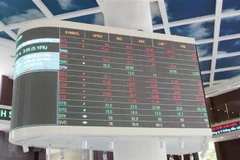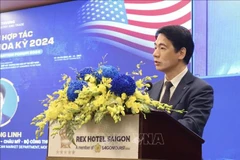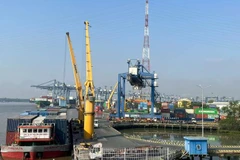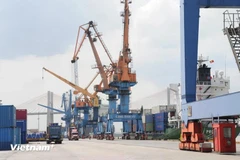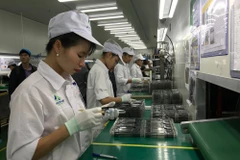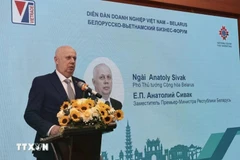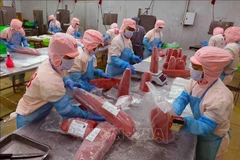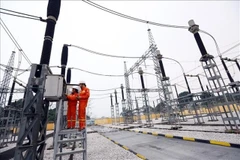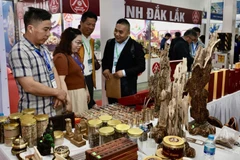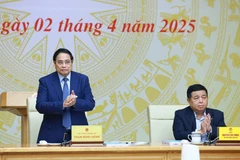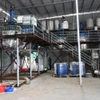The policy had been carefully considered bythe Party, State, National Assembly and Government before two pilotprojects in the Central Highlands were entrusted to Vinacomin, Hoangsaid in an interview with Vietnam Television on March 10.
According to him, Vietnam currently has to import around half amillion tonne of aluminum annually, which costs more than 1 billion USD.The figure is forecast to be 0.75 – 1 million tonnes by 2020 and 1.6 – 2million tonnes by 2030.
Besides, theimplementation of the two projects in the Central Highlands provinces ofLam Dong and Dak Nong will also help the region boost itssocio-economic development and improve local people’s life.Additionally, bauxite ore is also the basis for the establishment of along-term aluminum refining industry and an important source of powerfor the industrialisation and modernisation in Vietnam .
Therefore, projects to explore, mine and process bauxite play an essential role for the country, Hoang noted.
Surveys show that Vietnam’s bauxite reserves are around 10-11 billiontonnes, mostly in the Central Highlands, of which about 4.6 billiontonnes in Dak Nong and 2 billion tonnes in Lam Dong.
Although the industry is new to Vietnam, the country still decidesto invest in all stages of the projects from mining to processingbauxite ore because the Central Highlands is a strategic region forVietnam and foreign technologies will be only used in the stages thecountry cannot develop.
Vietnam considers goodplanning for the industry as an important task, and during theimplementation of the planning, it will make timely adjustments. Thecountry also plans to develop the industry from a small scale to biggerones after completing pilot projects. This explains why Vietnam nowinvests in only two pilot projects in Tan Rai (Lam Dong) and Nhan Co(Dak Nong). At present, the two projects are under a slow progress dueto series of reasons, both subjective and objective.
However, at the end of 2012, trial production of aluminum products wassuccessfully carried out in Tan Rai project. Basically, the productsmeet quality standards. Meanwhile, the Nhan Co project is expected tostart operation by 2014.
The two projects are notpurely business-oriented. Vietnam wishes to see socio-economiceffects on the development of the Central Highlands, the bauxiteindustry and the whole economy as well.
As thebauxite planning underwent revision, the government asked concernedsides to carry out mining and processing projects at smaller scales.Concretely, combined capacity of the two pilot projects was adjusted tobe around 1.3 million tonnes a year, much lower than the initialcapacity.
Regarding environmental impacts, especially mudwastes, the minister stressed that people can feel secure as theprojects attracted the participation of various state administrationagencies, and domestic and foreign scientists.-VNA



